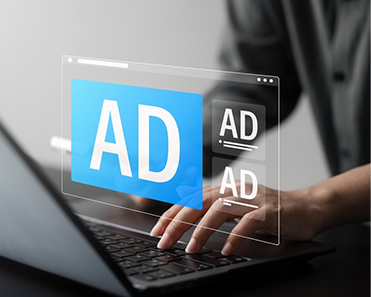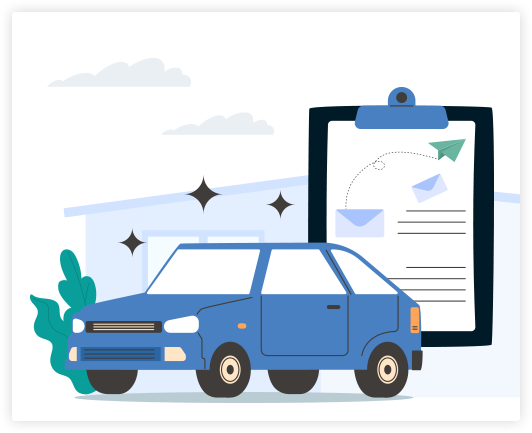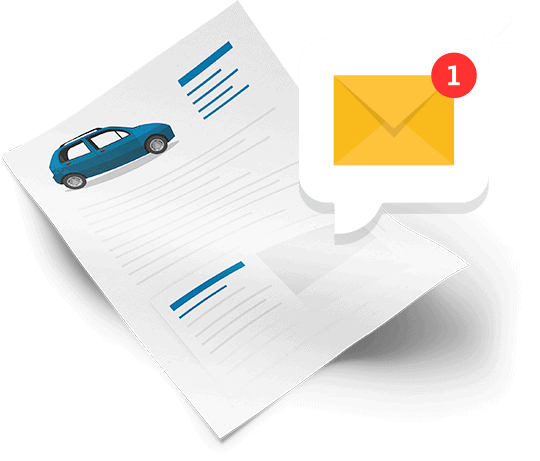The rapid evolution of technology has reshaped many industries, transforming how consumers interact with products and services. From instant online purchases to next-day deliveries, the modern shopper is accustomed to unparalleled convenience.
However, there is a gap between expectations and reality in the automotive world. Despite the advancements in automotive marketing and the efforts of marketing for car dealerships, numerous pain points persist in the car-buying journey.
The Waiting Game
One of the primary issues car buyers face is the prolonged waiting time at dealerships. A long car purchasing process can feel archaic in a world where consumers value speed and efficiency.
As various studies have highlighted, waiting is a prominent frustration, often caused by non-integrated dealership systems that require manual data entry across platforms.


Navigating Pressure Points
For most individuals, purchasing a car is a significant financial commitment, often trailing just behind buying a home. This weight of responsibility is further intensified by the high-pressure environment cultivated by many dealerships.
From finance and insurance managers pushing add-ons to rapid-fire explanations of terms, the car-buying process can feel overwhelming and opaque.
Lost in the Shuffle
Buying a car involves interactions with multiple individuals – salespeople, finance managers, registration officials, etc.
This continual hand-off between departments can make buyers feel depersonalized, merely a statistic in the dealership’s sales quota.
Drowning in Paperwork
Given the legal obligations and financial implications, documentation is essential to car buying. However, the sheer volume of paperwork, from personal identification to purchase agreements and tax forms, can be staggering.
The cumbersome nature of this process contrasts sharply with the seamless digital transactions consumers are used to in other sectors.

Dealership Dilemmas
It’s not just the consumers who experience challenges. Dealerships face their own set of pain points. Disconnected systems mean repetitive data entry, causing inefficiencies.
Internet sales, while beneficial, can lead to issues like duplicate leads, causing frustration for sales teams. Moreover, the limited scope for digital document processing and signing makes the process even more tedious.

Moving Forward: The Path to Enhanced Car Buying
Awareness is the first step toward improvement. By understanding and empathizing with the pain points of car buyers, dealerships can work on offering a more streamlined and pleasant experience. Embracing technological solutions, integrating systems, and prioritizing customer experience are vital.
Automotive marketing has the potential to revolutionize the car-buying journey. By focusing on a holistic approach that considers both the consumer and dealership perspectives, there’s an opportunity to redefine the automotive purchasing paradigm.
In conclusion,
While the car buying process may inherently be intricate due to its nature, there’s ample room for enhancement. The key lies in understanding the pain points and leveraging modern marketing strategies, such as automotive marketing and marketing for car dealerships, to drive positive change.























































































